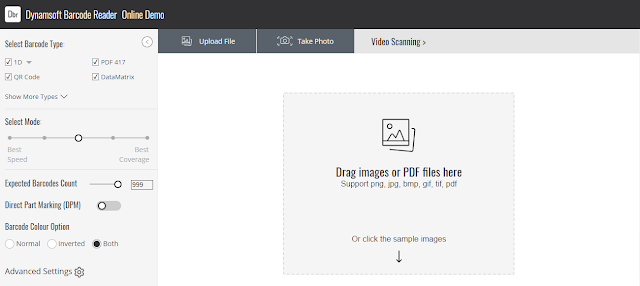What is the Difference Between ISBN and UPC Barcode
UPC (Universal Product Code) and ISBN (International Standard Book Number) are two different types of barcodes used for distinct purposes.
UPC (Universal Product Code):
Purpose: UPC barcodes are primarily used for retail and sales tracking, especially in North America. They are commonly found on products sold in retail stores, and they help identify and track items at the point of sale.
Format: UPC barcodes consist of 12 numeric digits. The first six digits typically represent the manufacturer or company, while the next five digits represent the product. The last digit is a check digit for error detection.
ISBN (International Standard Book Number):
Purpose: ISBN barcodes are specifically designed for books and related products. They are used to uniquely identify books, e-books, and other publications. ISBNs help with book ordering, inventory management, and library cataloging.
Format: ISBNs come in two formats - 10 digits (in older publications) or 13 digits (adopted as the global standard). The 13-digit ISBN is compatible with the EAN-13 barcode format, allowing it to be scanned as a barcode. The first part of the ISBN typically identifies the country or language group, the publisher, and the specific title, while the last digit is a check digit.





Comments
Post a Comment